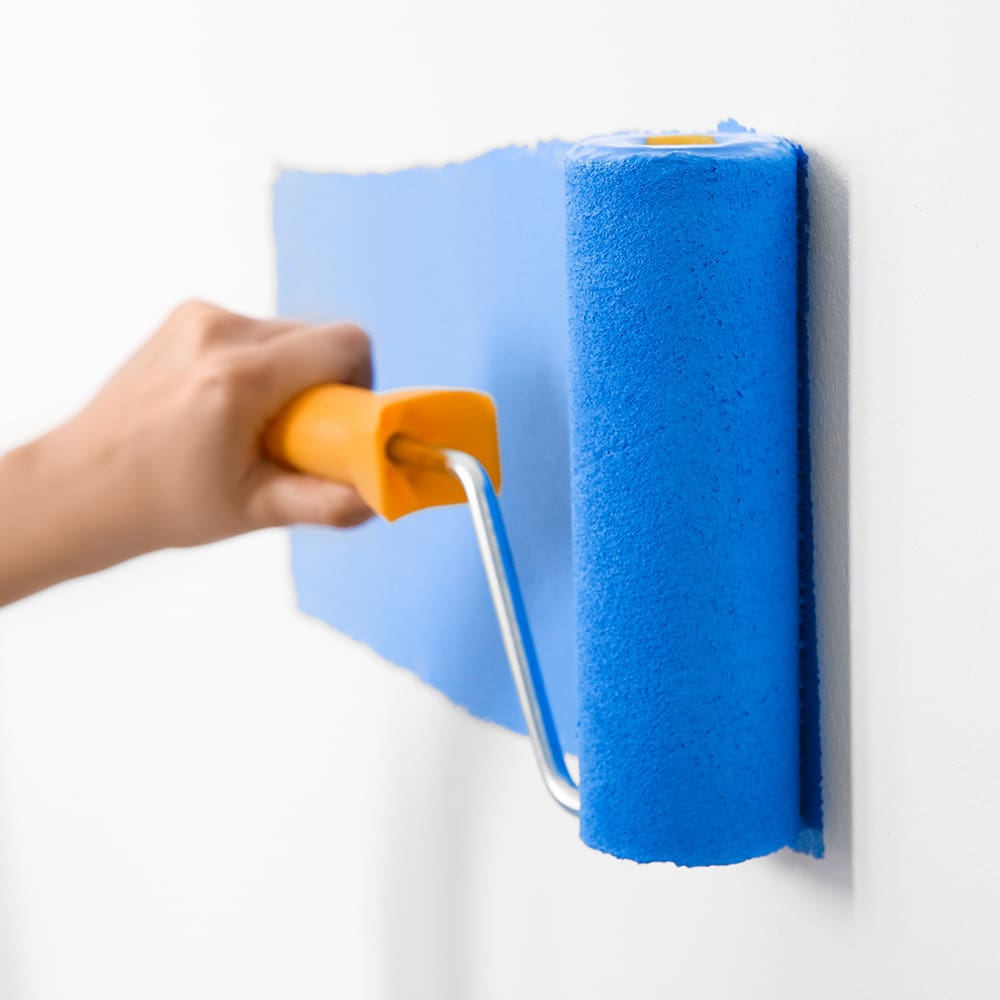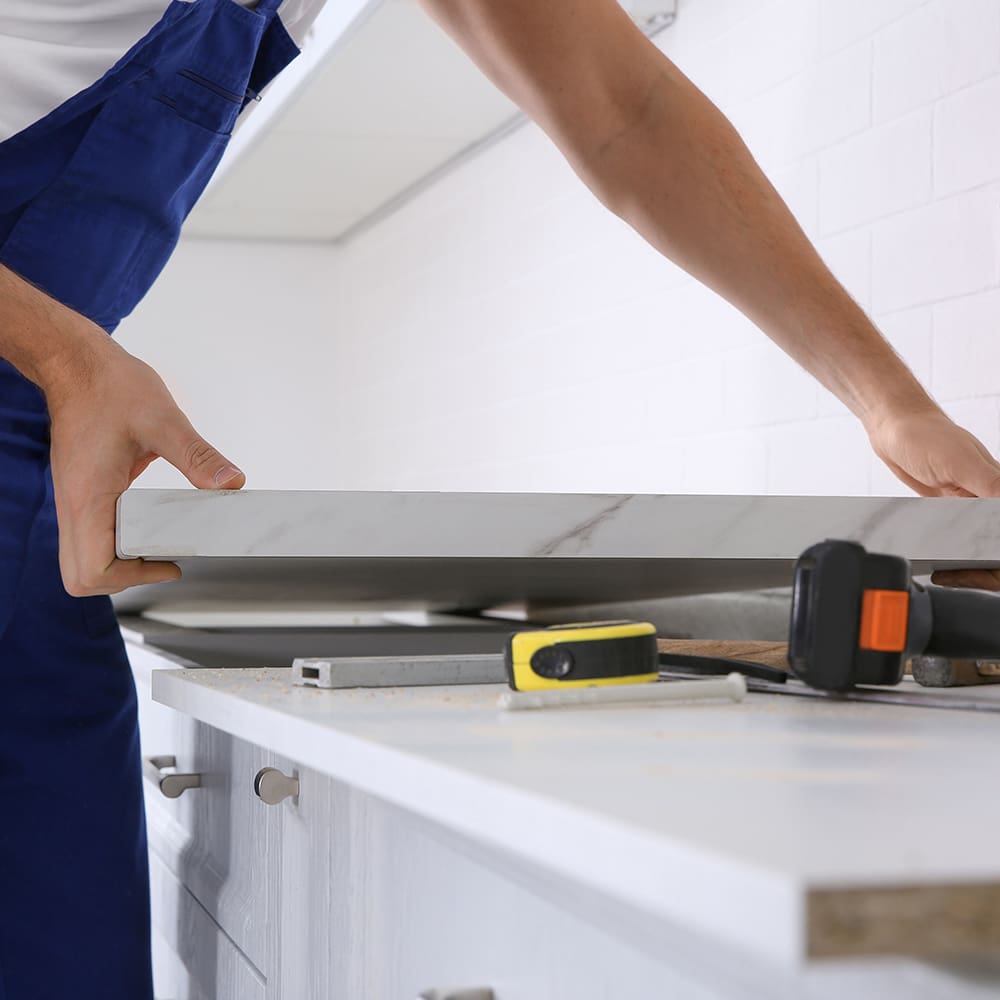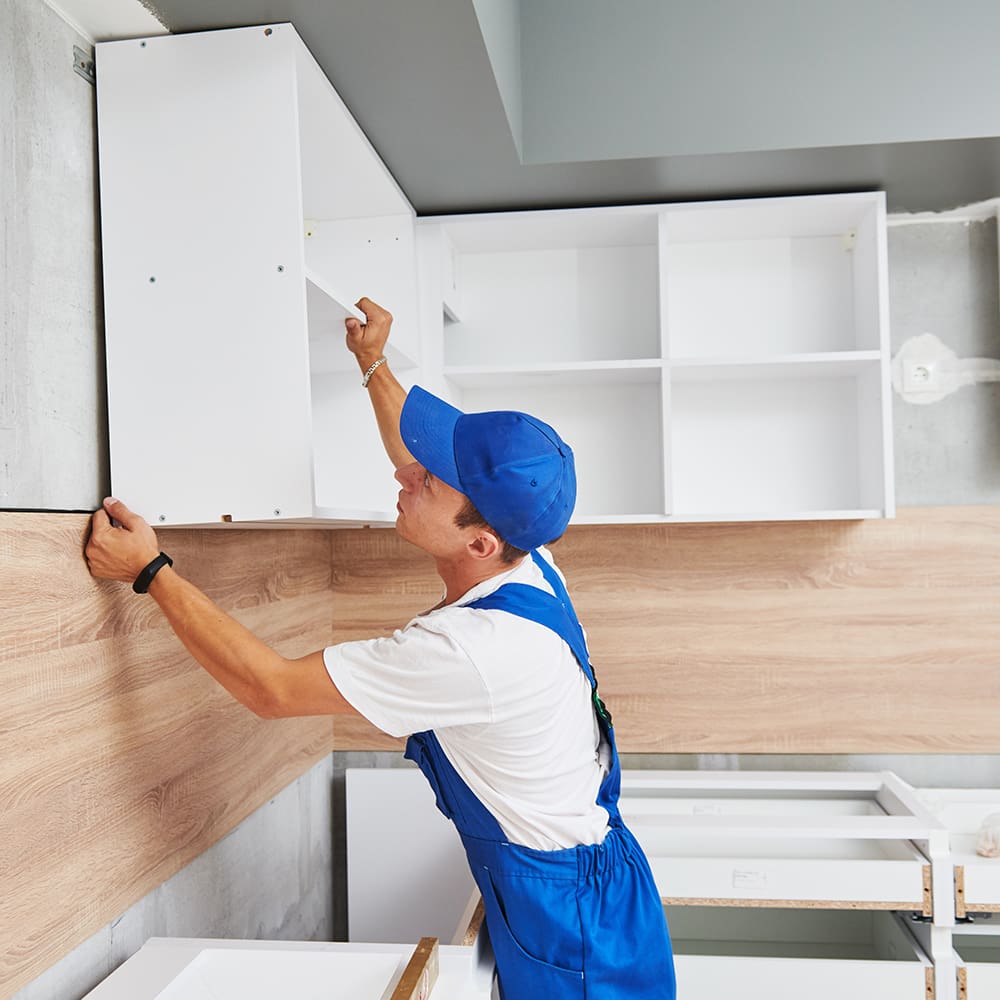What to Expect When Budgeting for Interior House Painting Costs

Transforming your home's interior with a fresh coat of paint can breathe new life into your living space. Whether you're looking to update a few rooms or are considering a full home makeover, understanding the costs involved is essential. This guide will help homeowners like you gauge what to expect when hiring professional painters, ensuring your budget aligns with your vision.
In this article
Transforming your home’s interior with a fresh coat of paint can breathe new life into your living space. Whether you’re looking to update a few rooms or are considering a full home makeover, understanding the costs involved is essential. This guide will help homeowners like you gauge what to expect when hiring professional painters, ensuring your budget aligns with your vision.
Understanding Interior House Painting Costs
When planning an interior painting project, one of the first questions that comes to mind is, “How much will it cost?” The answer isn’t straightforward, as several factors can influence the final bill. However, having a general idea of the cost structure can help you make informed decisions.
Professional painters typically charge based on square footage, complexity, and the number of rooms. On average, homeowners can expect to pay between $2 to $6 per square foot for interior house painting. This range allows you to estimate the project’s total cost based on the size of your home or specific rooms.
The cost can vary significantly depending on your location and the painter’s experience and reputation. Painters in urban areas or regions with a higher cost of living may charge more. It’s crucial to get multiple quotes to ensure you’re getting a fair rate for quality work.
Factors Affecting Painting Costs
Several key factors can impact the cost of interior house painting beyond basic square footage calculations. These elements can significantly influence your budget and should be considered when planning your project.
One of the most significant cost determinants is the type of paint used. High-quality paints with better durability and finish will cost more than standard options. However, investing in quality paint can save money in the long run, reducing the need for frequent touch-ups or repainting.
Preparation work required before painting begins can also affect costs. If your walls are in poor condition, requiring extensive patching, sanding, or priming, expect to pay more for the additional labor and materials needed to achieve a flawless finish.
Room-Specific Pricing
Different rooms within your home may come with unique challenges and costs. Bathrooms, kitchens, and high-ceilinged spaces often require different approaches and materials, affecting the overall price.
Bathrooms, for instance, are typically smaller spaces, but they may require specialized moisture-resistant paint to withstand the humid environment. Kitchens might involve more intricate work around cabinets and appliances, possibly raising labor costs. Rooms with high ceilings or intricate architectural details may require scaffolding or specialized equipment, adding to the expense.
Discussing these specifics with your painter can help you understand and manage variations in pricing. Customizing your paint job to suit your home’s unique features can enhance aesthetics and functionality.
The Impact of Color Choices
Color selection can impact both the visual outcome and the cost of your painting project. While most basic colors don’t affect the price, certain shades may cost more due to the need for additional coats or special mixing.
Dark or vibrant colors often require more layers to achieve an even finish, increasing labor and material costs. Similarly, if your chosen color is custom-mixed or part of a designer range, expect a higher price point.
Considering how lighting affects color perception is also crucial. Consulting with your painter about how different hues interact with your home’s lighting can ensure you achieve the desired effect without unnecessary expenses.
Benefits of Hiring Professional Painters
Engaging professional painters offers several advantages that justify the investment. Their expertise can ensure a high-quality finish, saving you time and hassle in the long term.
Professionals have access to premium tools and materials, ensuring the job is done efficiently and to a higher standard. Their experience allows them to tackle any challenges that arise during the project, from dealing with uneven surfaces to navigating tricky corners.
Hiring professionals can provide peace of mind. Knowing that your home is in capable hands allows you to focus on other aspects of home improvement or simply enjoy the transformation without stress.
DIY vs. Professional Painting
Some homeowners may consider tackling painting themselves to save money. While DIY painting can be economical, weighing the pros and cons against professional services is essential.
DIY painting requires time, effort, and some degree of skill to achieve a satisfactory result. You’ll need to purchase or rent necessary equipment and materials, potentially offsetting cost savings. Mistakes during DIY projects can lead to additional expenses or unsatisfactory finishes that require professional correction.
On the other hand, professional painters bring expertise, efficiency, and quality to your project. While upfront costs may be higher, the long-term benefits often outweigh the initial investment.
Seeking Multiple Quotes
Getting multiple quotes from different painters is a smart strategy for ensuring you receive a fair price for your project. It also helps you compare services, timelines, and levels of expertise.
When gathering quotes, provide each painter with consistent information about your project’s scope and expectations. This consistency ensures you receive accurate and comparable estimates.
Don’t hesitate to ask for references or view previous work samples. Understanding a painter’s reputation and capabilities can give you confidence in your choice and help avoid potential issues.
Checking for Additional Costs
Beyond base labor and material costs, there may be additional expenses associated with your painting project. Being aware of these potential charges can prevent unexpected surprises in your final bill.
Some painters may charge extra for moving furniture or covering and protecting flooring during the project. Discussing these details upfront can help you plan accordingly and negotiate any additional fees.
In some cases, permits or approvals may be required for certain types of work, depending on your location. Clarifying these potential costs with your painter ensures you’re fully prepared.
How to Maximize Value
Maximizing the value of your painting project involves strategic planning and decision-making. By focusing on key areas, you can achieve exceptional results while staying within budget.
Choosing neutral colors for main living areas can create a cohesive look and enhance resale value. Reserve bold or trendy colors for accent walls or smaller spaces to add personality without overpowering your home.
Establishing a maintenance plan can extend the lifespan of your paint job. Regular touch-ups and cleaning can keep your walls looking fresh and prevent costly repaints over time.
Conclusion
Budgeting for interior house painting involves understanding various factors that influence pricing. From room-specific challenges to color choices and additional costs, being informed empowers you to make decisions that align with your vision and budget.
Professional painters offer an invaluable service that enhances your home’s aesthetic appeal and value. By carefully considering your options and planning strategically, you can enjoy a beautifully painted interior that reflects your style and needs.
For those looking to explore more about the painting process, consider consulting with local professionals or accessing online resources to further your understanding and confidence in this home improvement endeavor.




